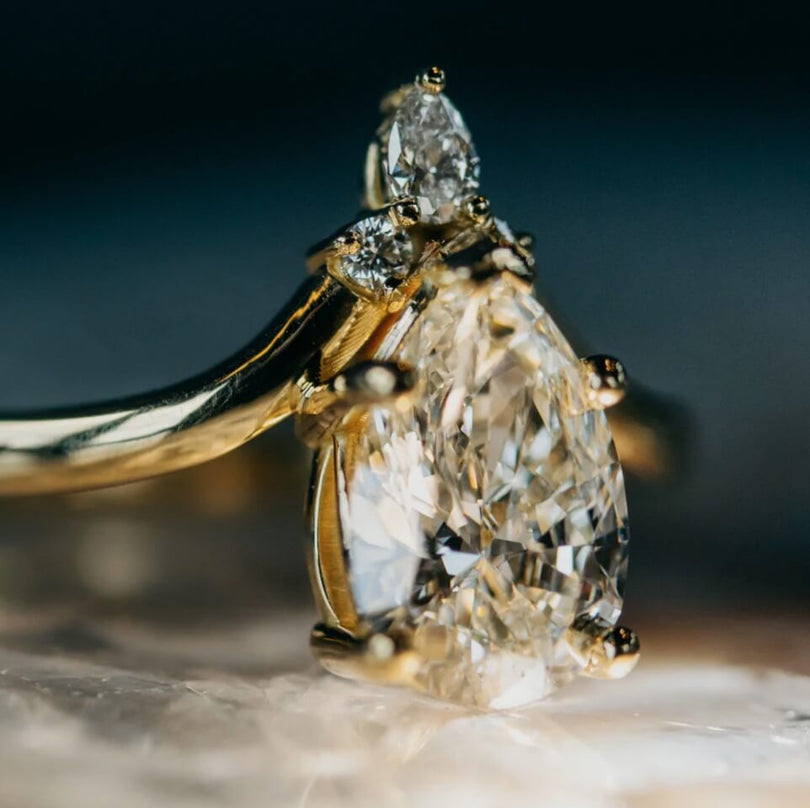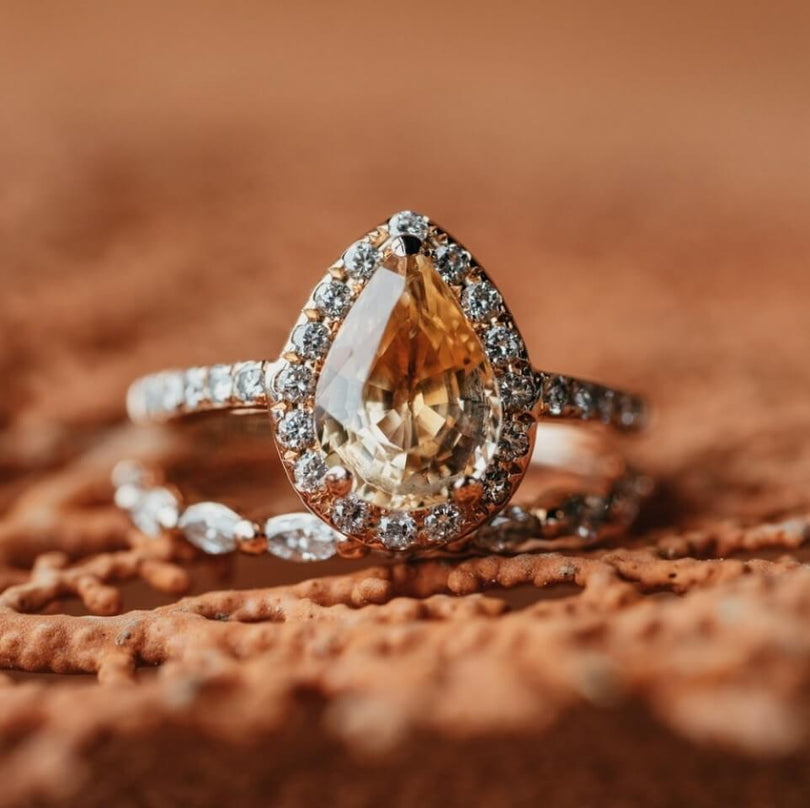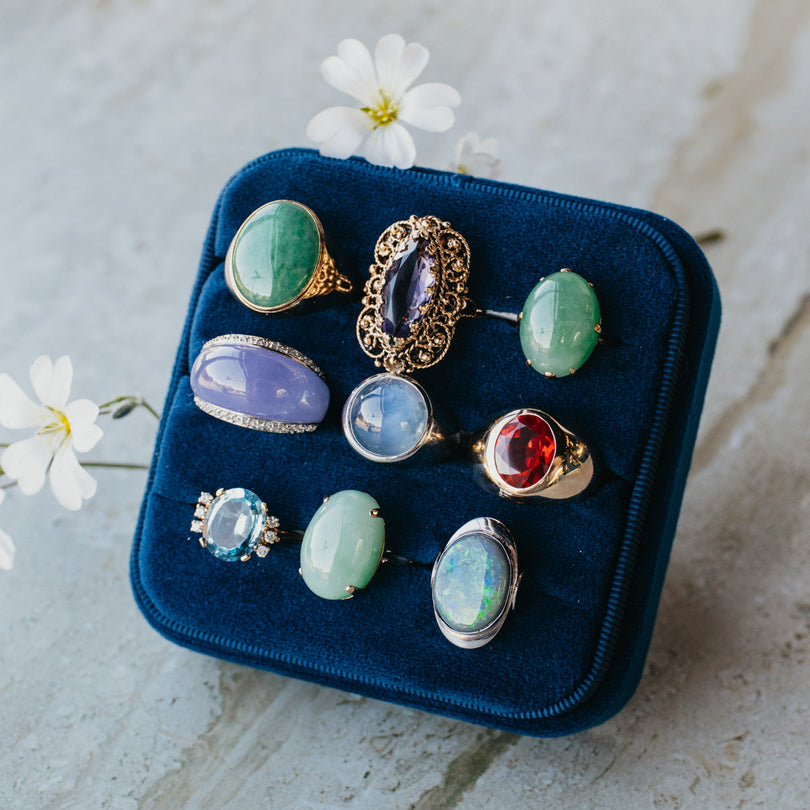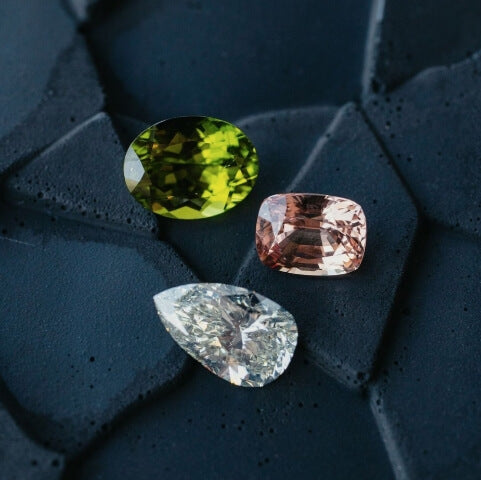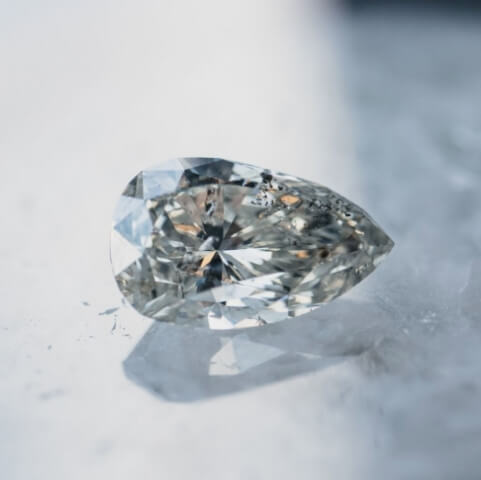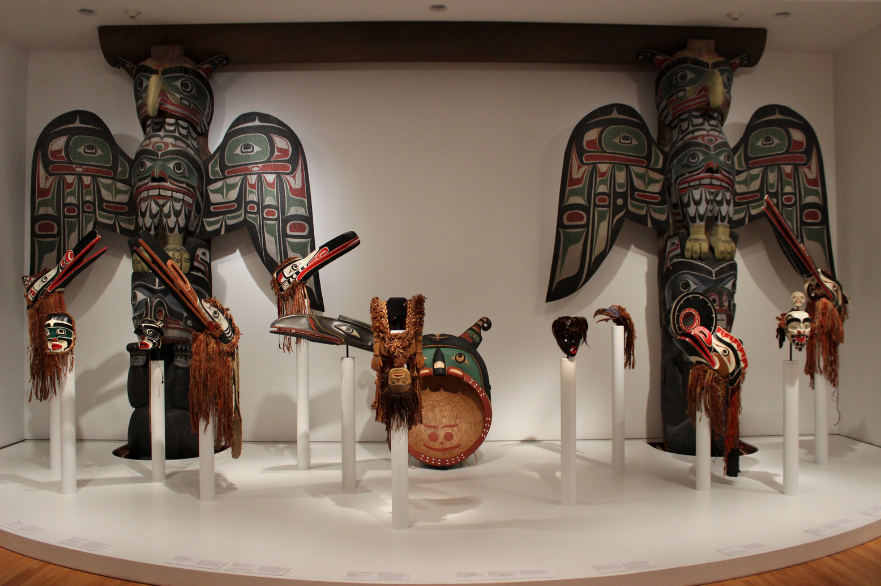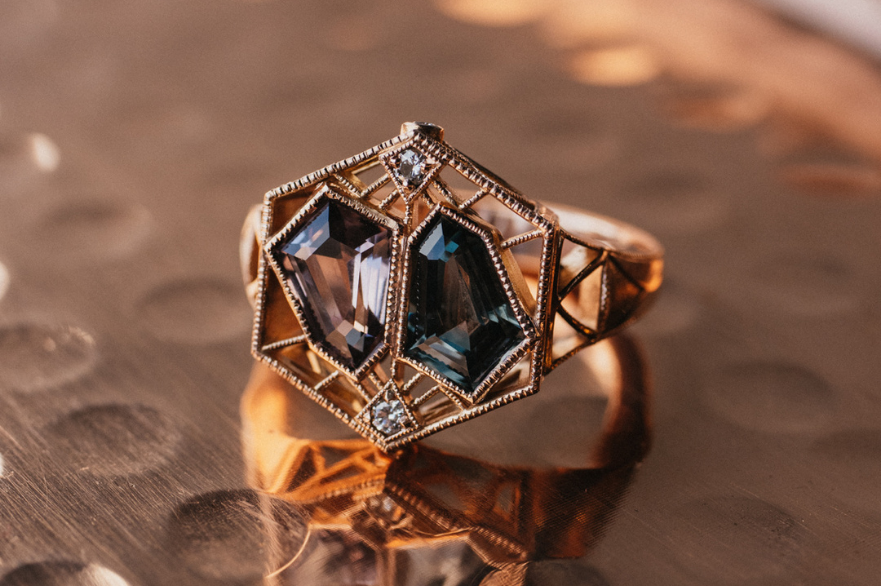Living in Seattle as a little girl, I have memories of taking the ferry to Blake Island with my Dad and experiencing a potlatch, exploring the Seattle Art Museum with my summer camp group, and touring the Burke Museum on the UW campus with my museum-loving Mom. All displaying the unique and vibrant artful history of the region. When I moved away for a time, I realized how when most people described Indigenous jewelry it was just turquoise and silver. Now working in the jewelry industry, I wanted to dive into the diverse world of Indigenous jewelry that I remember from my childhood.
Common Aspects Across Tribes

Dentalium, also referred to as hiqua or hiixwa, was a tubular mollusk predominately harvested off of the coast of Vancouver Island. The shell of the creature has held a place of significance to many coastal communities with archaeological finds dating pieces of dentalium back to 4400 B.C.E. Often strung into necklaces with other beads, or sewn onto clothing or hats, it often was a marker of wealth within the community. Dentalium acted as currency in certain situations, being traded out as far as the Northern Plains tribes.
Abalone was another shell that is used in jewelry to show status. The iridescent quality of the shell caught the light and gave a regal quality to whatever they adorned. Commonly its use was to decorate ceremonial regalia and totem poles. For the Kwakwaka’wakw, abalone earrings and painted spruce-root hats were worn by women of the highest status in the community.
Cedar holds great significance to coastal tribes being seen as having its own spirit. These trees hold the sentiment of strength and revitalization. Red and Yellow cedar was a part of every aspect of life, from housing to hunting to clothing. The woven fibers are used in aspects of dancers’ regalia such as head and neck rings, as well as wristlets.
Trade Beads were glass beads that were added to the repertoire of PNW indigenous post-contact with Western traders. The beads had origins in Italy and Bohemia (modern-day Czech Republic). The blue color was coveted due to the lack of natural materials in the region that could produce a strong color like the Europeans were providing. It was noted that trading was difficult with the Pacific Coast indigenous without the presence of these blue beads.
Repousse Technique was a common metalworking technique where metal is shaped from the reverse side. Malleable metals such as copper, silver, and gold were hammered to create low-relief designs of family crests and other crest figures.

Exploration of traditional aspects of jewelry in the Pacific Northwest has highlighted the rich cultural heritage and artistic traditions of the region's Indigenous tribes. From the significance of dentalium and abalone shells as markers of status and wealth, to the deep connection to cedar and its utilization in various aspects of life, these materials embody coastal communities’ spiritual and practical aspects. The introduction of trade beads through contact with Western traders brought new elements to indigenous jewelry’s repertoire, while the repousse technique showcased their craftsmanship. There is a diverse world of Indigenous jewelry, and learning your region's artful history can challenge common stereotypes and misconceptions. As a business operating in the Pacific Northwest, we recognize the importance of acknowledging and appreciating the traditional craftsmanship of the Coastal Salish and other Native tribes, and we strive to expand and share our knowledge with others. Through the continued celebration and promotion of traditional jewelry, we honor the beauty and cultural significance of the region we inhabit, paving the way for a more inclusive and respectful appreciation of Indigenous art.

